NEEF's Greening STEM Idea Journal provides prompts and suggestions for developing your own learning activities, set of lessons, or ideas for projects using a combination of proven approaches.
Grades K-3 Resources
FREE

This lesson affords students the opportunity to work collaboratively to design and build models that will reduce the warming effect of sunlight on an ice cube. After the structures are built the students test their structures outside. As a class they analyze the results of each structure compared to each other and to the control ice cube.
During the testing phase of this lesson students will begin to understand that an ice cube will melt if it is in the sun because the sunlight heats it. The shade structure will affect the speed at which the ice cube melts. Teachers can reinforce this Crosscutting Concept by helping students recognize and record this observation and by asking questions directly related to cause and effect relationship pattern.
Grades K-3 Resources
FOR PURCHASE
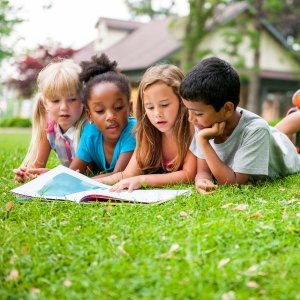
Using ideas from place-based education, the authors present a simple year-long project that brings science, nature, and other curriculum standards to life right in your school yard. With a focus on journaling, this project is a novel way to promote nonfiction writing in your classroom. These first-graders called themselves “nature detectives” because they used observation skills and simple tools to investigate a small natural area in their school yard.
Chapter 27 focuses on the need for students to have opportunities to have “fieldtrips.” The importance of these experiences can easily be generated without traveling long distances. The authors clearly reiterate the understanding that students will not only be engaged, but also have an abundance of learning experiences right outside their classrooms.
Grades 3-5 Resources
FREE
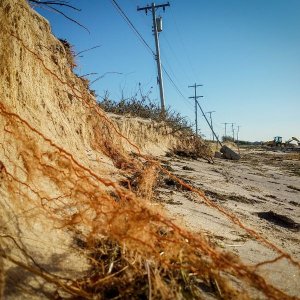
In this activity, students learn about coastal erosion and the role of engineers in protecting shorelines by applying the engineering design process to devise ways to mitigate erosion that take public concerns into account – and use both structures and policies. Save our Shore includes a two-minute video showing Pacific coast erosion damage to engage the students in a phenomenon that affects many towns and homes near water. As students learn about coastal erosion, they will be making sense of the role engineers play in protecting our shorelines. Students are challenged to develop a plan to help an imaginary town manage a soil erosion problem. Using a wave tank and working in groups, students will modify the beach to alleviate as much sand erosion as possible using the materials they are provided. They are challenged to include two policies that regulate human behavior and do not physically alter the shoreline.
Grades 3-5 Resources
FOR PURCHASE
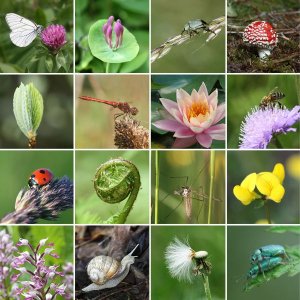
This is a downloadable resource for educators of students in grades 3-5 that invites young learners to investigate the variety of species in an ecosystem, and how this variety – or biodiversity – helps sustain life on Earth. Three hands-on activities, with an emphasis on science, English language arts, math and social studies, engage students in learning about why biodiversity is one of the most important indicators of an ecosystem’s health, and how greater biodiversity means a greater ability to cope with change. Designed to be flexible, the activities can be used as individual, stand-alone lessons, or all together as a cohesive unit of instruction using a storyline technique. In addition to the typical elements that educators have come to rely on from PLT, new features in our theme-based series will further help educators adapt the activities for specific groups and settings.
Middle School Resources
FREE
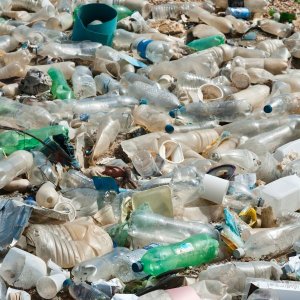
This activity engages learners in a meaningful scenario that reflects their own experiences in the use of plastic bags and introduces them to the concept of marine debris. Learners are asked to do a research project measuring the amount of plastic bags they use at home and school and create a communications piece that educates others on plastics contribution to marine debris.
In the Extension part of the lesson, learners can take steps to reduce the use of plastic bags and educate their community on reducing waste. The lesson takes approximately one week to complete. A data collection form is included. Developed by NOAA’s Office of National Marine Sanctuaries, links to resources are available for the learners and the teacher to use.

This middle school unit was designed to support the middle school NGSS related to Ecosystems: Interactions, Energy, and Dynamics integrated with elements of related Earth science NGSS (Human Impact). The unit includes five chapters, each focused on a specific phenomenon related to ecosystem disruption, including questions around the reintroduction of wolves into Yellowstone and the invasion of zebra mussels in the Great Lakes and the Hudson River. © Regents of the University of California.
The unit has undergone two rounds of classroom field-testing and expert review. It underwent a third field-test during the 2017¬–2018 school year. Based on this field-test and feedback from the EQuIP review, the unit will be revised and resubmitted to the Science PRP for a final review.
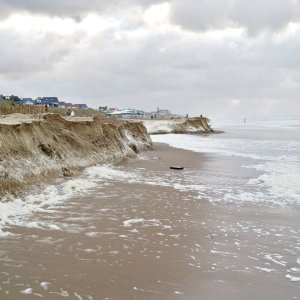
Developed by The Nature Conservancy, this lesson engages learners in exploring the phenomenon of soil erosion at the beach, and in designing solutions to mitigate it. In part one, learners research how wave energy affects shorelines, predict the relationship between waves and erosion, and use historic data to study the effects of tides and major storms on the Gulf Coast. They use videos, photos, and an online interactive tool to study the impact of erosion. Learners investigate the exponential relationship between wave height and energy. Learners describe types of barriers to protect shorelines from waves. Then, in part two, learners research a natural oyster reef as a barrier and more extensive, man-made barriers. They create a model shoreline and test the impact of waves on their shoreline with different types of barriers. As the final extension, learners create a cost-benefit analysis of different types of barriers and predict which would be the best to use in certain environments.
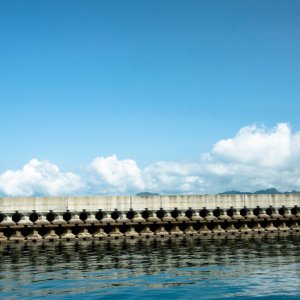
In 2005 Hurricane Katrina caused severe damage and suffering to the people who lived in New Orleans. The levees that surrounded the city did not hold the immense amount of ocean water that rose from the storm.
In this activity, students will use the engineering design process to design and build their own model levees. Acting as engineers for their city, teams create sturdy barriers using limited materials to prevent water from flooding a city in the event of a hurricane.
Students compare multiple solutions in the final assessment where they present to the class how their prototype met or did not meet the criteria and constraints of the problem.
Middle School Resources
FOR PURCHASE
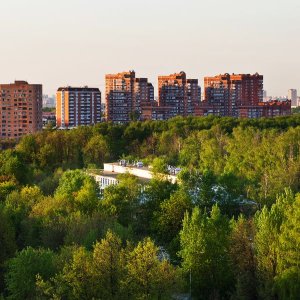
Discover Your Urban Forest is the first collection of activities to be released as part of this new themed series for educators. It features three brand new PLT activities for educators of students in grades 6-8 that invite learners to explore their urban environment and investigate environmental issues that affect their urban community.
The activities in Discover Your Urban Forest encourage learners to investigate environmental issues that affect their urban community. By inspiring youth to learn about the place they live, these activities help students better understand how the world works and what sustains them.
Middle School / High School Resources
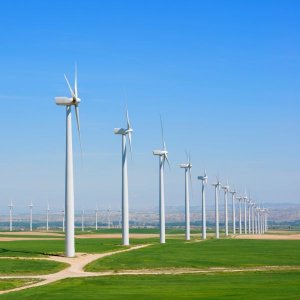
The lesson focuses on how wind energy can be generated on both a large and small scale. Students read about anemometer and site testing for wind turbines and learn about engineering design and how engineering can address society's challenges. Students work in teams to design and build their own windmill out of everyday items which they select and purchase with a budget. They test their windmill, evaluate their results and present reflections to the class.
The teacher can begin the lesson with a video of wind turbines such as the one found at PBS.org to elicit student questions and prior experiences. The full lesson plan and student worksheets can be downloaded from the TryEngineering.org website. Lessons have been translated into several languages.
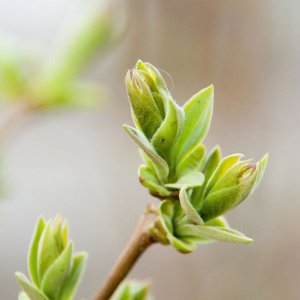
This unit includes 11 lessons that focus on how atmospheric carbon dioxide is fixed through photosynthesis to produce organic compounds that contribute to the biomass of a growing plant. It begins with an engaging question that most students would think they are able to answer. However, the carefully designed sequence of learning experiences challenges common student misconceptions and guides students toward an accurate and evidence-based explanation of plant growth, photosynthesis, biosynthesis, and cellular respiration.
Modifications to the unit might provide an excellent opportunity to address a bundle of performance expectations that focus around photosynthesis and respiration, energy flow in ecosystems, and carbon cycling.

In this board game, players take on the role of bioenergy crop farmers trying to earn a living while being good environmental stewards. In the process, players explore the economic and environmental tradeoffs associated with growing different bioenergy crops, more specifically biofuel crops used in ethanol production. The game serves as an engaging way to explore a range of environmental issues and ecological interactions related to climate change mitigation (CO2 emissions), biodiversity conservation (pesticide use), water quality (erosion/nutrient runoff) and sustainable agriculture. The goal of the game is to plant and manage a farm so as to make money and create positive environmental impacts while respecting chosen values and goals. The resource includes a game board, card deck and a manual.
High School Resources

One of six units in the Carbon: Transformations in Matter and Energy curriculum, an NSF-funded research collaboration focused on learning progressions to support environmental literacy. Students should first complete the foundational unit, Systems & Scale, then at least one of the three units at the organism level, and then complete the Ecosystems unit before moving into the culminating Human Energy Systems unit. Each unit focuses on three questions: (1) Where are the carbon pools in the environment? (2) How are carbon atoms cycling among pools? and (3) What is happening to energy? In this unit, students investigate a series of phenomena focused on global carbon cycling and climate change. The highly guided sequence of six lessons helps students interpret large-scale datasets, trace global movements of matter and energy, and explain the consequences of human choices for changes in atmospheric CO2.
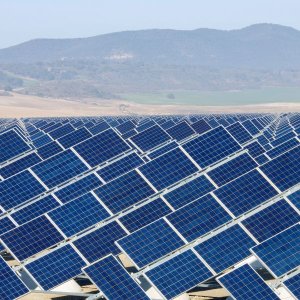
In this activity students learn how the total solar irradiance hitting a photovoltaic (PV) panel can be increased through the use of a concentrating device, such as a reflector or lens. This is the final lesson in the Photovoltaic Efficiency unit and is intended to accompany a fun design project (see the associated Concentrating on the Sun with PVs activity) to wrap up the unit. However, it can be completed independently of the other unit lessons and activities.
This resource provides background information about photovoltaic cells, has class discussion and assessment materials, and then incorporates all of those components into a laboratory activity. The engineering iteration process is a key component of this resource.
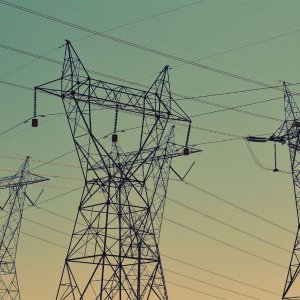
In this activity students analyze data detailing global energy sources and uses, then construct a diagram to show the relative scale and connections between them. Discussions of scale, historical, socio-environmental and geographic variation in this data and implications for future energy use are included. In the assessment students use the information from data obtained, analyzed, and evaluated in parts one-three to make predictions on how and why energy sources and uses will change in the next twenty years. Students must use the science and engineering practice of obtain, evaluate, and communicate information, crosscutting concept of energy and matter, and disciplinary core idea of natural resources to be able to create this visual or written explanation of future energy use.
